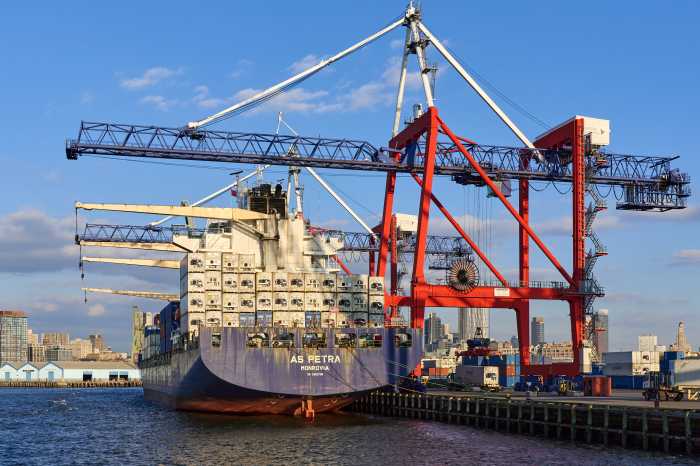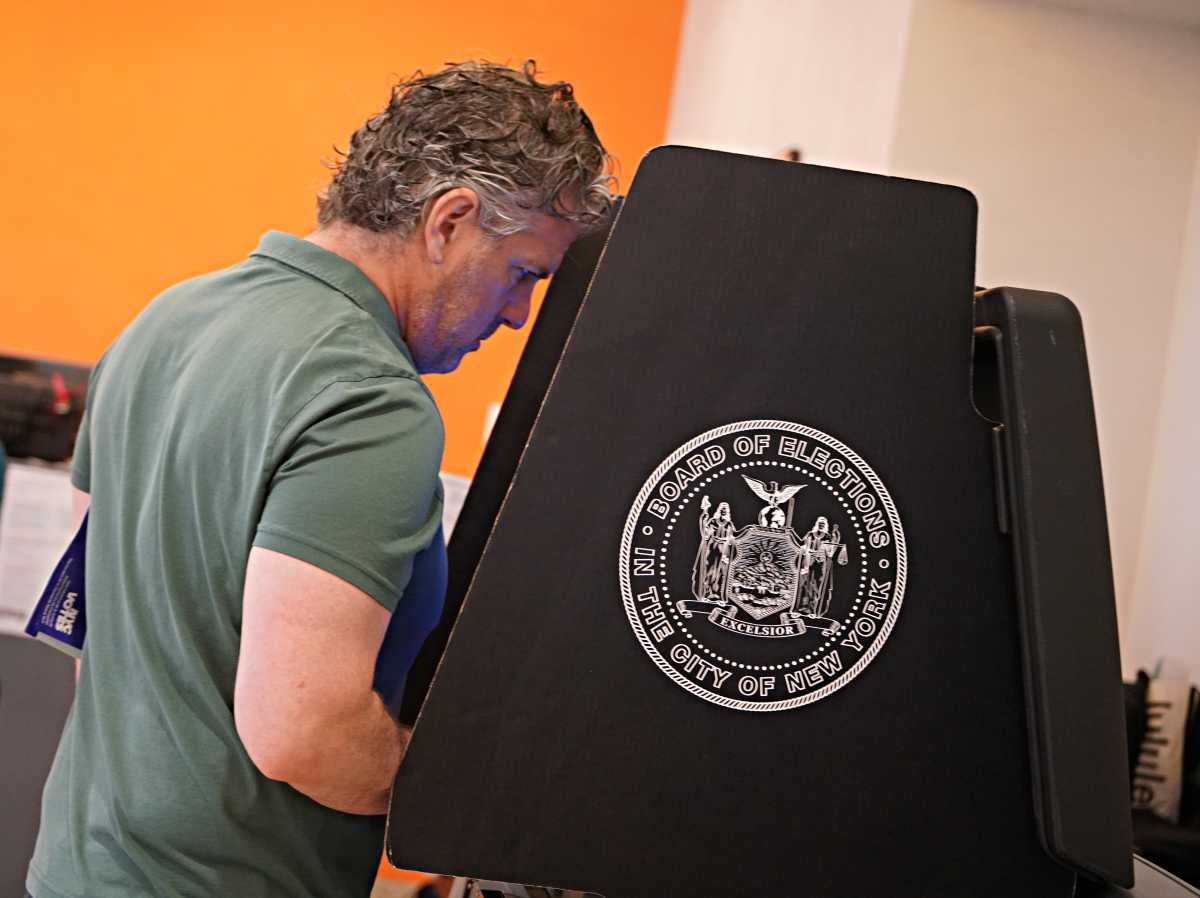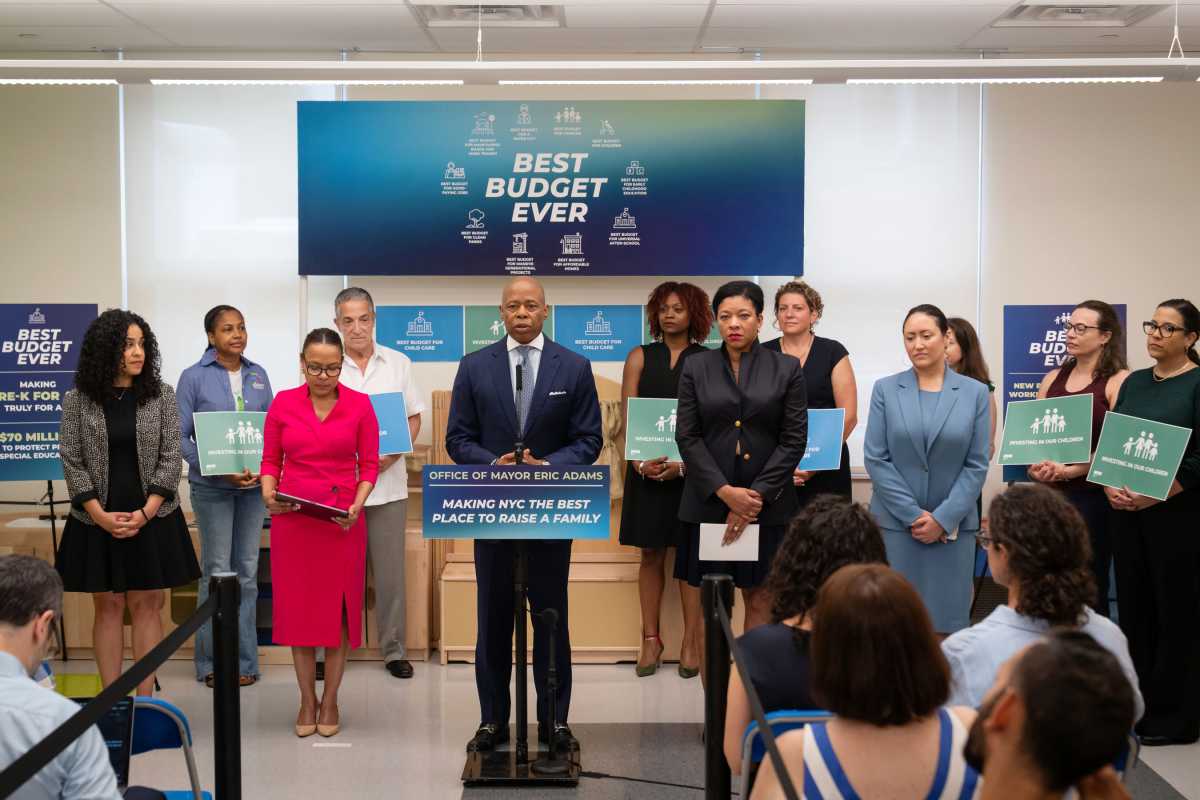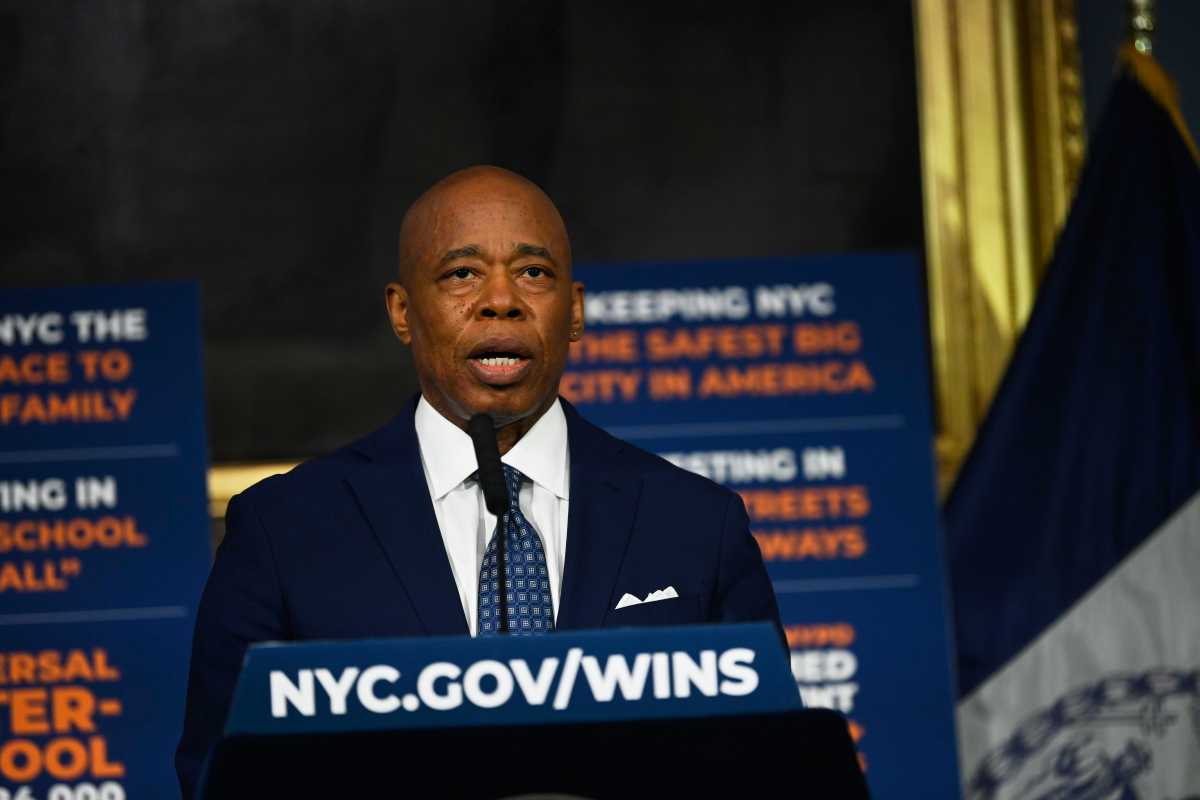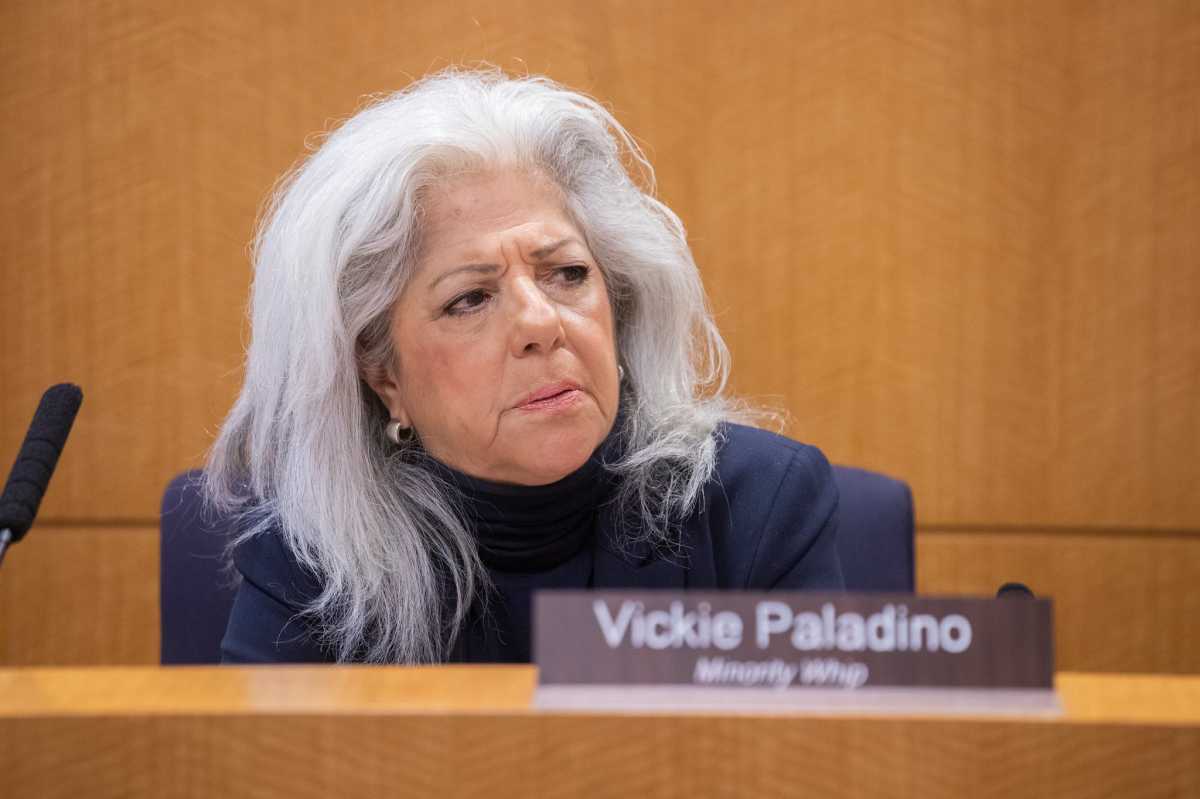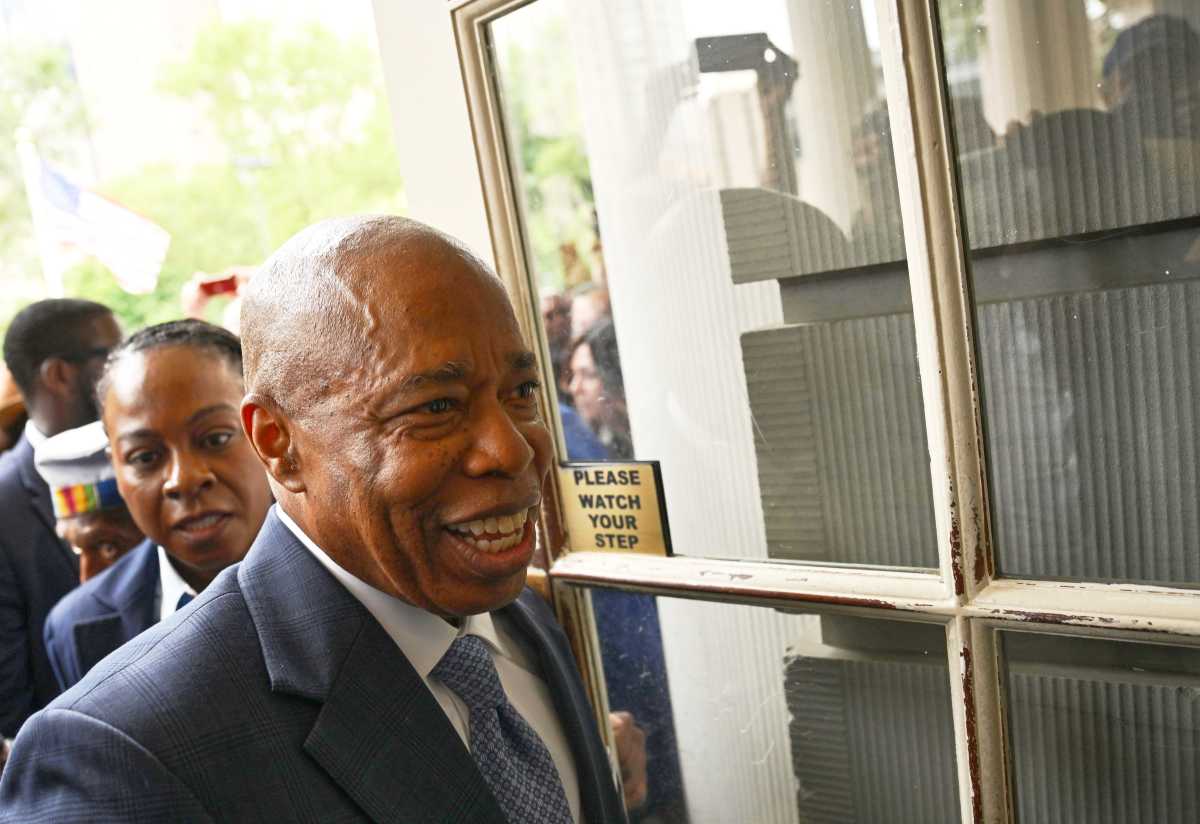The Health Department recently asked the federal Department of Agriculture for permission to exclude soda and other sugary soft drinks from the Supplemental Nutrition Assistance Program, formerly known as the Food Stamp program. On the one hand, it’s no surprise that this request was immediately controversial. Many beneficiaries and advocacy groups focused on hunger see the program as supporting incomes rather than promoting nutrition. And in the economic downturn, more and more Americans have come to rely on SNAP — including 1.7 million city residents — and other government assistance programs.
On the other hand, I wonder what all the fuss is about. First of all, we’re talking about sugar water — a worthless product that does far more harm than good. Not only does it promote obesity, tooth decay, and diabetes — health problems whose impact is already disproportionately felt by low income Americans — but soda tends to push out healthier foods and drinks from the diet, magnifying its harm.
And the idea that government food programs should have nutrition standards, or otherwise focus their impact in health-promoting ways, is hardly a scary new idea. Consider another government assistance effort, the Women, Infant, and Children’s program, also known as WIC. That narrowly tailored program is designed to provide nutrition support to pregnant women, nursing mothers, and young children. Those benefits can only be spent on basics such as juice, milk, fruits and vegetables, whole wheat bread, and so on. It includes foods such as breakfast cereals, but only if the product meets a set of nutrition criteria.
Another important government program is school lunch and breakfasts. Those meals must meet criteria for calories, fats, sodium, and so on, and the program excludes junk foods like soda. Even the SNAP program itself excludes tobacco, alcoholic beverages, supplement pills, and hot prepared foods (potato salad is OK, though). The more you think about it, it’s really hard to justify subsidizing the sale of soda pop.
Local, state, and federal governments should be doing everything they can to reduce soda consumption, not encourage it. In fact, the government’s 2010 Dietary Guidelines Advisory Committee bluntly stated, “avoid sugar-sweetened beverages.” It’s disappointing that anti-hunger advocates are opposing a health measure that would not reduce SNAP benefits by one penny. But it’s not surprising that the soft drink industry and the groups that it funds (including the Center for Consumer Freedom) would certainly pull out all the stops to keep the roughly $4 billion in annual sales that it enjoys from food stamp recipients. That’s what happened when the idea of a penny-per-ounce excise tax on soda was floated in Congress and in the state legislature.
I suspect that most people agree that federal nutrition assistance funds shouldn’t be allowed to be used to purchase Budweiser and Marlboros, and reasonable people could disagree on where exactly to draw the line. But Coca-Cola, Pepsi, Mountain Dew, and other soft drinks make no positive contribution to the diet, promote expensive and debilitating diseases, and make our already stark health disparities worse. I would draw the line at soda. Mayor Bloomberg deserves great credit for kickstarting this debate.
Michael Jacobson is executive director of the Center for Science in the Public Interest, a nonprofit health advocacy group that focuses on nutrition and food safety.


